Between the pandemic (and the disgraceful response thereto of so many of my fellow citizens whom I consider unworthy of the name), the presidential campaign (and the disgraceful response thereto of so many of my fellow citizens whom I consider unworthy of the name), and the subsequent treasonous behavior of the dethroned Trump and his Republican accomplices and his base, I have spent much of the summer and fall in a state of existential dread.
Hence the intermittency of my posts these past months, for which I make no apology. And we’re not out of the woods yet, by any means: Everyone predicts a COVID-19 surge to result from lunatic social excesses scheduled for the period post-Turkey Day through mid-January, while the amok depradations of Trump and Trumpists will continue at least through the inauguration of president-elect Joseph R. Biden on January 20, 2021. Not until the truly patriotic majority has swept up the literal and figurative litter from those debacles will any realistic assessment of our condition become possible.
So today I’m with Avenue Beat and their F2020. Forgive me, then, if my enthusiasm for this engagement with you, my readers, waxes and wanes nowadays. If it’s any consolation, it’s not you — it’s me.
I Forgot To Remember To Forget
In an article published in Quanta Magazine, July 24, 2018, Dalmeet Singh Chawla proposed that “To Remember, the Brain Must Actively Forget.”
This supports my theory that we maintain more awareness of what we forget — because it gets foregrounded when it embarrasses us or otherwise causes us problems — than we do of the vast amount of stuff we remember, which we tend to simply take for granted.
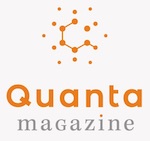 This dawned on me some years ago as I walked around the gala opening of an edition of The Photography Show, the annual expo sponsored by the Association of International Photography Art Dealers (AIPAD), in the company of a mainland Chinese gallerist whose Beijing showcase, for which I guest-curated exhibitions, had recently joined the organization. As we ambled along I introduced her to various people in the field, many of whom I’ve know for years, mortified in several instances when I couldn’t immediately recall their names. When we sat down for a breather she leaned over and whispered, “How do you remember all these people?”
This dawned on me some years ago as I walked around the gala opening of an edition of The Photography Show, the annual expo sponsored by the Association of International Photography Art Dealers (AIPAD), in the company of a mainland Chinese gallerist whose Beijing showcase, for which I guest-curated exhibitions, had recently joined the organization. As we ambled along I introduced her to various people in the field, many of whom I’ve know for years, mortified in several instances when I couldn’t immediately recall their names. When we sat down for a breather she leaned over and whispered, “How do you remember all these people?”
In recent years, for another example, I have become aware of the number and complexity of the tasks I perform simply to get out of bed, take my shower, brush my teeth, make my breakfast, turn on my computer, and sit down in front of it with my second cup of coffee. Most of that I perform in a state I would describe as half-awake. Broken down into a task-by-task/movement-by-movement list, it’s daunting. That I might occasionally forget to brush my teeth should come as no surprise.
This news also supports my contention that what we of the senior persuasion often take as memory failure (the notorious “senior moment”) actually represents instead a memory shortage. Our outdated soft-machine/wetware models, I explain to friends and colleagues who worry about this, simply come with less RAM and fewer upgrade options.
•
A Conversation about Harold Feinstein
Recently the 2020 Virtual Maine Jewish Film Festival UK filmmaker Andy Dunn‘s 2019 film “Last Stop Coney Island: The Life & Photography of Harold Feinstein,” in which I appear several times. For the first time ever they held this year’s festival in cyberspace, as a virtual event, due to the pandemic.
In addition to the film, the MJFF livestreamed a conversation between myself, Dunn, and Judith Thompson, Feinstein’s widow and director of the Harold Feinstein Photography Trust. Moderated by MJFF executive director Barbara Merson, the exchange ran for 90 minutes and shortly thereafter got posted to Vimeo, where it will remain. You can access it here.
You’ll find more of my take on Feinstein’s life and work here at the blog — all the materials relevant to a retrospective of his work that I curated in 2009-10 but for which we never found a single host venue, alas.
At the website of the Harold Feinstein Photography Trust you can find the following:
- The documentary film: Last Stop Coney Island: The Life and Photography of Harold Feinstein (trailer)
- The Kodakery podcast: The Life and Work of Harold Feinstein with Carrie Scott and Andy Dunn
- The latest video: A Gallery Walk-through with Harold Feinstein (recreated from a recently discovered audio tape!
•
Teti Collection Update
Last fall I published a series of posts based on my residency in Manchester, NH on a Teti Photography Fellowship. This gave me the opportunity to work with the materials in the John Teti Library, an extraordinary archive of photography books, one of the special collections at the former New Hampshire Institute of Art (NHIA) — which, during my sojourn there, became the Institute of Art and Design at New England College (IAD@NEC).
As I wrote in the last of those posts,
“… the future of this remarkable collection appears uncertain, at least in the short term. The merger of the New Hampshire Institute of Art and New England College to form this new entity represents the absorption of the former NHIA, with a student body numbering around 300, into a larger undergraduate liberal-arts college with some 1000 students. While this creates synergistic opportunities in both directions, the NHIA was unquestionably the smaller fish in the pond.”
 My concern, which echoed that of the collection’s creator and donor as well as faculty and staff from the NHIA, involved what struck me as the general cluelessness of the New England College (NEC) administration in relation to the uniqueness of the Teti Collection and its significance as a synergistic whole. The worst-case scenario would involve the breaking up of the collection for sale of its high-ticket gems at auction and disposal of the remainder to book dealers.
My concern, which echoed that of the collection’s creator and donor as well as faculty and staff from the NHIA, involved what struck me as the general cluelessness of the New England College (NEC) administration in relation to the uniqueness of the Teti Collection and its significance as a synergistic whole. The worst-case scenario would involve the breaking up of the collection for sale of its high-ticket gems at auction and disposal of the remainder to book dealers.
While nothing in the paperwork that accompanied Teti’s extremely generous donation to NHIA of this remarkable resource prohibits its complete sale or the deaccessioning of selected items therefrom, that would certainly violate the spirit of the gift, which presented and accepted this unique assemblage as a teaching collection and an integral whole. Practically speaking, it would also serve as a cautionary tale for anyone contemplating donation of artwork or other rare and valuable material to the newly formed IAD@NEC, or to any other division of New England College.
Despite that, some of the crown jewels of the collection have now gone on the block. Skinner Auction House of Marlborough, MA held a “timed auction” of “Fine Books & Manuscripts” from November 1 to November 12. Of its 463 lots, 120 came from the Teti Collection, skimming off much of the cream thereof — including Edward Steichen’s own set of Camera Work, arguably the most important item in the original collection, which sold for just $125K, exactly half of the house’s low estimate. Mr. Teti informs me that, contrary to a press statement released by NEC in conjunction with the opening of the sale, he received no advance notice of this planned deaccession and was not consulted prior to the November 1 announcement thereof. That strikes me as particularly rude on the part of NEC.
As for the auction results: Perhaps due to the pandemic, and perhaps also to the comparative unfamiliarity of this auction house to those who collect photo-related materials, few of the items reached their high estimates; many sold for considerably less than their low estimates; and perhaps 40 percent went unsold. (For the online catalog with sales results, click here.) Disappointing, to say the least.
However, even if we must consider all those items permanently gone, they represent only a very small percentage of the collection’s 6000 items. At least for the present, those remain. If the auction proceeds get earmarked for maintenance of the collection and continuation of the Teti Fellowship program, we can perhaps consider it a painful but necessary price to pay for keeping the bulk of the collection intact and making it accessible to researchers.
Also, practically speaking, NEC has put the building that houses the Teti Collection and the rest of the IAD@NEC library holdings up for rent and/or sale. Should they find a taker all those materials would immediately require storage and, down the line, re-housing in a new facility, presumably in Manchester. That too will involve considerable expense, though amortized by the rental/sales revenues for the real estate. We have to hope that this move by NEC does not augur the incremental dispersal of the Teti Collection as a whole, but instead will serve to create a nest egg that can support its safekeeping through the foreseeable future.
•
I Told You So Dept. (1)
The following comes from “The 25 Works of Art That Define the Contemporary Age,” published in the New York Times Style Magazine, July 15, 2019. The accompanying editor’s note explains,
“On a recent afternoon in June, T Magazine assembled two curators and three artists — David Breslin, the director of the collection at the Whitney Museum of American Art; the American conceptual artist Martha Rosler; Kelly Taxter, a curator of contemporary art at the Jewish Museum; the Thai conceptual artist Rirkrit Tiravanija; and the American artist Torey Thornton — at the New York Times building to discuss what they considered to be the 25 works of art made after 1970 that define the contemporary age, by anyone, anywhere.”
From the transcript:
“… M[artha] R[osler]: Nobody mentioned William Eggleston because we really hate photography in the art world. Nobody named Susan Meiselas. We always want photography to be something else, which is art, which is actually what you said about Cindy Sherman’s ‘Untitled Film Stills.’ We know it’s not really photography. I’m always interested in the way art is always ready to kick photography out of the room unless called upon to say, ‘Yeah but this was really important for identity, formation or recognition.’ It’s always thematic. It’s never formal.”
She might have added, or unless it’s to accept honors, awards, grants, and platforms for their work from organizations and institutions specializing in photography, as Rosler and many other “artists using photography” have done. Indeed.
•
I Told You So Dept. (2)
As an early adapter of the home computer yet a relatively late adapter of the cellphone, I have a decidedly ambivalent relationship to the physical downsizing of computing devices. My basic concern: I don’t want to carry around an expensive device packed with important personal and professional data that’s so small that it can easily get misplaced, lost, or stolen.
The counterintuitive solution to the problem: Make it even smaller, so you can carry it around inside yourself.
In an article titled “Fotofutures: Ten Possibilities in No Particular Order” that I published in the New York Observer on January 17, 1994, and subsequently in my 1998 collection of essays The Digital Evolution, I proposed the following:
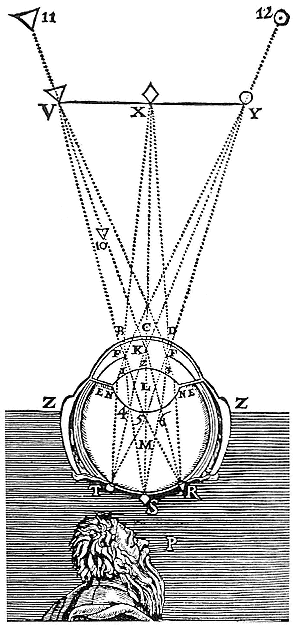
Formation of the retinal image, as illustrated by René Descartes in his La Dioptrique (Optics) of 1637.
By 2025, the storage of a thousand digitized color images on a microchip no larger than the head of a pin will be commonplace; most people will carry inexpensive “picture pens” — digital cameras shaped like ballpoints — for everyday visual note-taking. The rage that fall season will be a new version marketed as “InSights”: subcutaneously implanted microchips connected to the optic nerves and capable of recording anything registered on the retina via a thought-activated process.
Downloading, transmitting, erasing and otherwise interacting with stored images will be accomplished via a simple device connected to any home infotainment center. The implantation will be a simple operation performed on an outpatient basis. Demand will be enormous, leading to the establishment of an international chain of “InSights” clinics staffed largely by doctors and computer experts from the nation whose researchers devised this innovation, the new global leader in computer innovation: India.
So I did not find it surprising that, just six years before the date I anticipated, someone floated a version of this. Not because I consider myself particularly good at prophecy, but because it seemed like an obvious development. See “Elon Musk hopes to put a computer chip in your brain. Who wants one?” by Rachel Metz, CNN Business, July 21, 2019. However, I failed to predict that it would come from Elon Musk, who I don’t want anywhere near my brain.
•
Too Little, Too Late Dept.
On one of the two occasions in the early ’70s on which I visited Marshall McLuhan in his Toronto home, he was skip-reading a 7-volume history of inventions that Chinese emperors had forbidden from going into production. Presumably they operated on some understanding equivalent to the “law of unintended consequences,” which, as Wikipedia puts it, “has come to be used as an adage or idiomatic warning that an intervention in a complex system tends to create unanticipated and often undesirable outcomes.”
Free-market capitalist economies not only allow but encourage and, frequently, reward even the most disruptive technological innovations. Indeed, the very term “disruptive” has become an honorific and a term of uncritical approval, even when the new devices and systems involved achieve little more than converting what were once professions into branches of the gig economy, like Uber and Lyft.
Yet the events of recent years have offered up a veritable bouquet of expressions of regret from pioneers of aspects of the internet and online life. Some have been force out of reluctant entrepreneurs like Mark Zuckerberg and Jeff Bezos at Congressional and Senate hearings. But others have come without governmental prompting. Here are a few that I’ve collected. While I consider them sincere, and appreciate their confession of unforced errors, I don’t think that lets these disrupters off the hook for what they’ve done, which has in each case become irreversible.
- Demoralized by having to spend tedious minutes — and, over time, hours, days, weeks, months — cleaning endless amounts of spam and irrelevant messages from your email inbox? You are not alone. Cal Newport, a professor of computer science at Georgetown University — and not responsible himself for the creation of email — offers “A Modest Proposal: Eliminate Email,” in the February 18, 2016 issue of the Harvard Business Review.
- Hate pop-up ads? Ethan Zuckerman is really sorry. See “The Internet’s Original Sin” (subhead: “It’s not too late to ditch the ad-based business model and build a better web”), in The Atlantic, August 14, 2014.
- Even if you’re not a Twitter devotee (I’m a sparing user myself, at @ADColeman1), you can’t help from knowing that the retweet can so become weaponized that it can actually put democracy at risk, as soon-to-be-former-Prez DJT and his minions have demonstrated over the past five years. Well, tech developer Chris Wetherell, who led the Twitter team that built the retweet button in 2009, wishes he hadn’t. See “The Man Who Built The Retweet: ‘We Handed A Loaded Weapon To 4-Year-Olds'” by Alex Kantrowitz, BuzzFeed, July 23, 2019. (This article is subtitled “The button that ruined the internet — and how to fix it.” Right. Good luck with that.)
- And just about everyone involved with creating the internet, starting with Zuckerberg, has regrets. See “The Internet Apologizes …,” by Noah Kulwin, New York magazine, April 13, 2018. The article’s subhead: “Even those who designed our digital world are aghast at what they created. A breakdown of what went wrong — from the architects who built it.”
So now we can all move on, yes?
•
Apropos of Nothing
This via NPR: In explaining the concept of terminal velocity and the relation of size thereto, “‘You can drop a mouse down a thousand-yard mine shaft and, on arriving at the bottom, it gets a slight shock and walks away,’ [famed biologist J.B.S.] Haldane writes. ‘A rat is killed, a man is broken, a horse splashes.'” From “How To Survive A 10,000-Foot Fall,” by Paul Chisholm, August 24, 2018.
Haldane had quite a way with words. Noting once that there are 300,000 species of beetle but only 10,000 species of mammals, he suggested that “If He exists the creator has an inordinate fondness for beetles.”
•
This post supported by a donation from Arthur Ollman.
•
 Special offer: If you want me to either continue pursuing a particular subject or give you a break and (for one post) write on a topic — my choice — other than the current main story, make a donation of $50 via the PayPal widget below, indicating your preference in a note accompanying your donation. I’ll credit you as that new post’s sponsor, and link to a website of your choosing.
Special offer: If you want me to either continue pursuing a particular subject or give you a break and (for one post) write on a topic — my choice — other than the current main story, make a donation of $50 via the PayPal widget below, indicating your preference in a note accompanying your donation. I’ll credit you as that new post’s sponsor, and link to a website of your choosing.
And, as a bonus, I’ll send you a signed copy of my new book, poetic license / poetic justice — published under my full name, Allan Douglass Coleman, which I use for my creative writing.



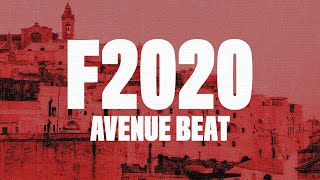
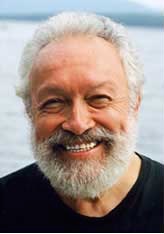
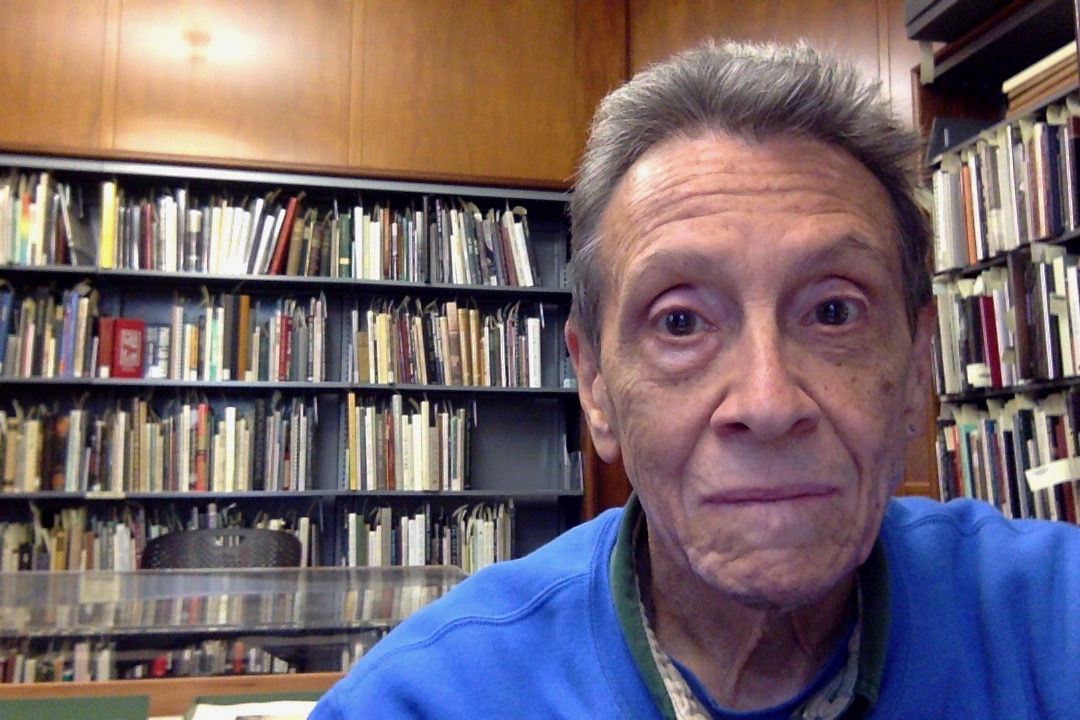
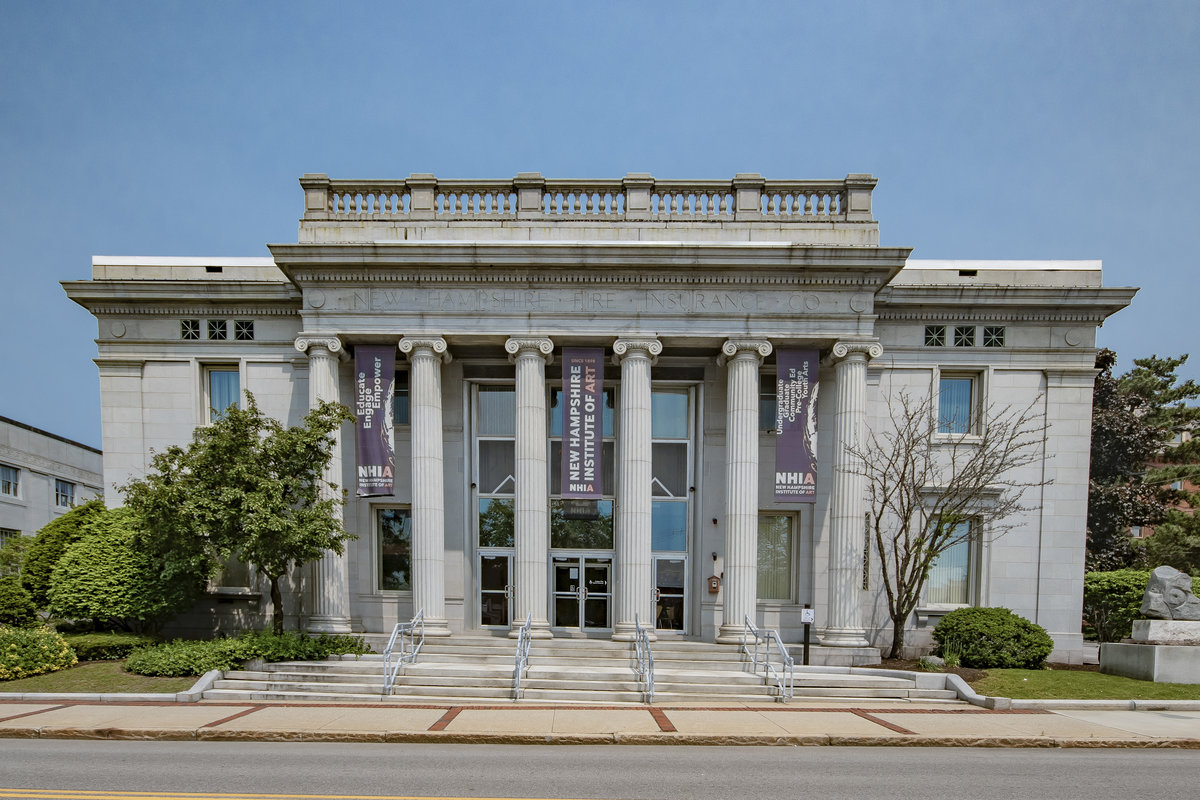




Does anyone know how we can stream the film “Last Stop Coney Island”?
As I understand it, there are no current streaming options, due to distribution arrangements. However, there is a DVD in production. See this Kickstarter campaign for details.
Thanks A.D – for reminding me about Photographer Harold Feinstein I haven’t thought Harold for a long time – We actually ran into each other in Coney Island many moons back lot’s of laughs and a cup of Joe. I look forward to seeing the film on his life – Give my best to Staten Island were old friends – Bright moments Artist Peter Herley .
As far as breaking up or disposing of a collection…
When you make a donation to an institution you put restrictions in the Deed of Gift.
But if you don’t carry much weight, institutions frown on restrictions.